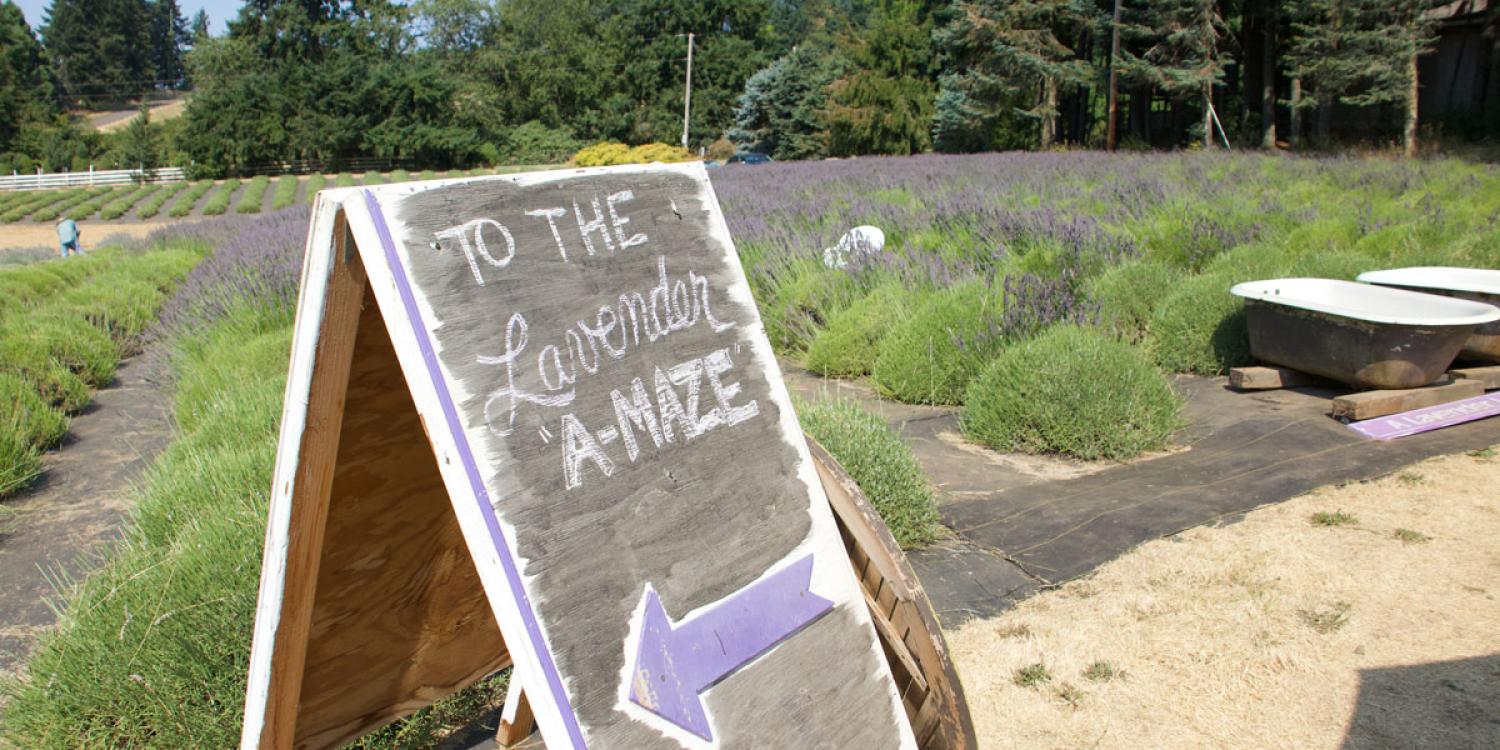
On-farm sales and activities are on the rise in Oregon as producers look for different avenues to make their farms and ranches viable. They are increasingly turning to agritourism, which is a form of commercial enterprise that links agricultural production and/or processing with tourism to attract visitors onto a farm, ranch or other agricultural business for the purposes of entertaining or educating the visitors, while generating income for the farm, ranch or business owner.
The Oregon State University Extension Service Agritourism program supports farms that allow the public onto their land and has delivered successful initiatives in recent years that help farmers find another financial stream to keep them on the right side of the profit margin.
When COVID-19 started in 2020, most family activities were put on hold and stores started running out of supplies. Schools and restaurants closed, sports and entertainment were limited and traveling came to a halt. People craved something to do, something to get them out of the house and ways to supplement their pantry. Many people worried about food shortages and turned to local sources. Fortunately, farmers were considered essential and were able to continue working.
The 4-year-old Marion Farm Loop, a program supported by OSU Extension provided the public with the activities they wanted. The 24 farms that in the Marion County area make up the cooperative go beyond offering food. There are pumpkin patches, wine tasting, animal barns, nature walks and other activities.
The benefits of a farm loop include selling products and creating experiences directly for consumers, which may help farms add additional revenue streams to their business. Besides adding to a farmer’s financial stability, agritourism activities can also employ additional family members, help with farm succession, educate the public about farming practices, and provide local food to the community.
Working with the Oregon Agritourism Partnership, which runs the Marion Farm Loop, Extension organized meetings, helped create and produce a brochure highlighting the 24 farms in the loop, as well as an interactive website. Visitors can easily explore sources and find safely run farms to visit to find activities or products that appeal to them and tempts them out of the house.
As a result, by the end of 2020, 5,000 Marion County Loop brochures were distributed. Social media bloomed with hundreds of interactions online. New customers discovered or rediscovered U-pick, farm stands, CSAs, on-farm bakeries, nurseries and harvest festivals held with strict safety measures.
Before COVID-19, there was a trend among consumers to buy local foods, create at-home gardens and support family farmers. More people were turning to local farms and producers for their products. In response, more tourism organizations have been turning to authentic experiences like agritourism. Several community organizations expressed the desire to have a farm loop in Yamhill County.
In response to this gap, Audrey Comerford, OSU Extension’s agritourism specialist, served as a convenor for the Willamette Valley Visitors Association and partners to launch a farm loop in Yamhill County. The Oregon Agritourism Partnership, which houses the Oregon Farm Loop program, provided the farm loop framework and outreach to the farms in the county, and the county provides the map for both printed materials and online use.
The Yamhill Farm Loop opened in summer of 2021, six months after it was conceived. It completes the Willamette Valley’s coverage of food and farm trails, joining the Farmlandia Farm Loop, the South Clackamas Farm Loop, the Marion Farm Loop, the Great Oaks Food Trail, the Mid-Willamette Valley Food Trail and the South Willamette Valley Food Trail.
The Yamhill Farm Loop consists of 10 farms with a variety of products including fruits, vegetables, wine, alpacas, pasture-raised meat, fiber, baked goods, jams, olive oil and lavender. Both tourists and locals can find the program through an interactive website as well as printed brochures and on social media.